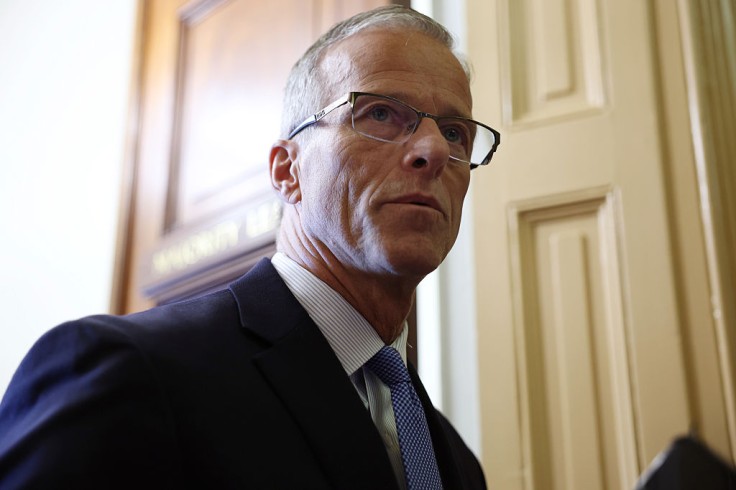A potential lapse in SNAP benefits is looming as the United States Senate is set to reject funding patches that would keep money flowing through the program.
Senate Republicans are expected to block a Democratic bill that would keep federal food aid flowing to 42 million Americans. This is seen as part of an effort to build pressure to reopen the government amid the ongoing shutdown, Majority Leader John Thune said.
Potential Lapse of SNAP Benefits
The bill in question comes from New Mexico Sen. Ben Ray Lujan, and it would fund the Supplemental Nutrition Assistance Program (SNAP) and Women, Infants, and Children nutrition (WIC) past Nov. 1.
However, Thune, speaking from the Senate floor, said that the new bill is a cynical attempt to buy political cover for Democrats to allow them to carry on their government shutdown even longer. He added that they will not let Democratic lawmakers "pick winners and losers," according to Politico.
The situation comes as only one senator is needed to object to passing a bill by unanimous consent, as Democrats plan to do in the coming hours. Soon, SNAP benefits will lapse for the first time in modern history at the end of the week, amid the government shutdown.
Republican Sen. Josh Hawley from Missouri, who also offered his own stand-alone SNAP patch, said that his proposal is also going to be blocked from passing unanimously on the Senate floor.
The lapse of SNAP benefits would have a devastating effect on millions of households across the U.S., particularly on families that are already struggling to afford food. Additionally, it would have a ripple effect on the economy, affecting small grocers and massive chains alike, CNBC reported.
Possible Effects on Families
Consumers, including families, who use SNAP benefits to pay for groceries will be forced to spend more and shop more often after the benefits lapse. Data shows that a SNAP beneficiary typically spends $832 every month on groceries, which is 20% more compared to non-SNAP shoppers.
In Texas, SNAP beneficiaries can rely on the 20 food banks across the state, which are already hard at work to support roughly 334,000 federal employees. These rely on both private donations and some government funding to provide free groceries.
H-E-B announced this week a $5 million donation ahead of the Thanksgiving holiday that would be given to Feeding Texas. The money would be used to help stock food banks across the state, as per The Texas Tribune.
